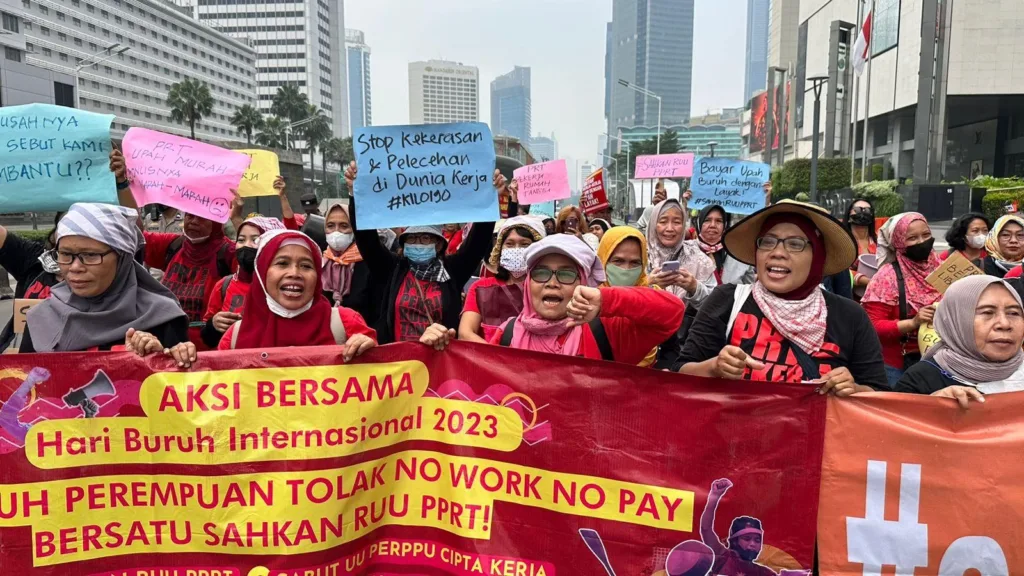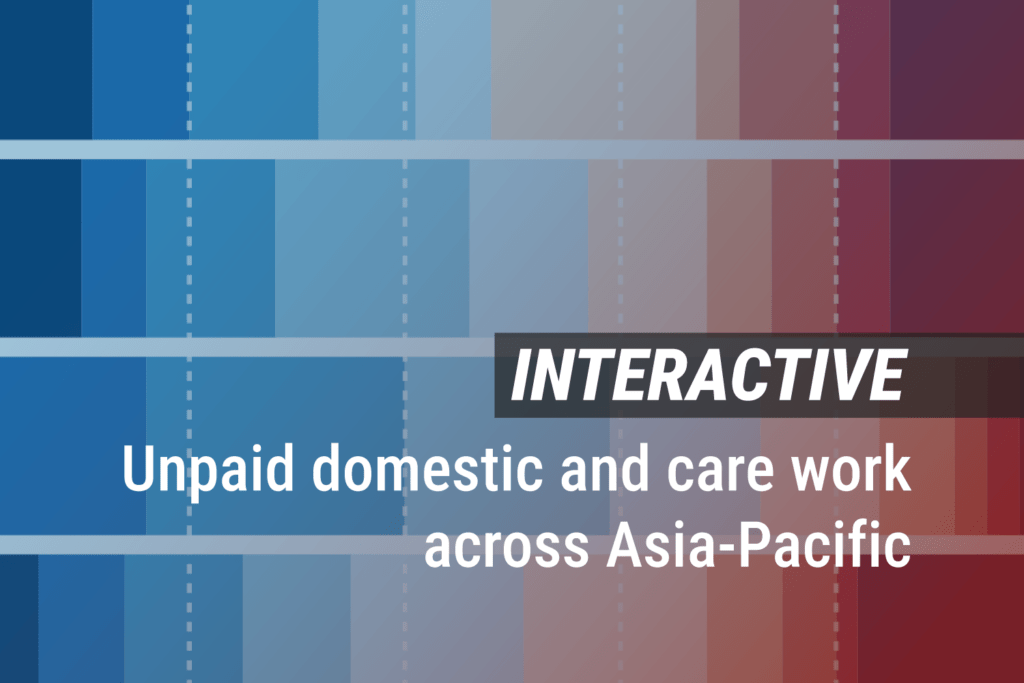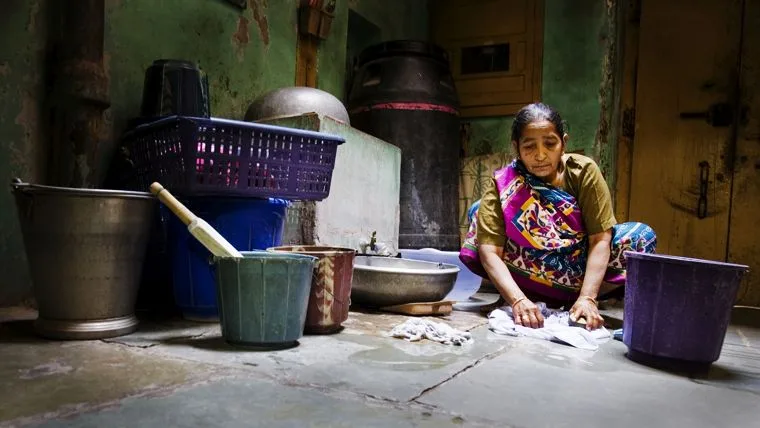Women have mostly benefited from the polarisation of the workforce but the challenge is to keep those gains.
 As women gained more education they benefited from a rise in high-skilled jobs. : CoWomen Unsplash Licence
As women gained more education they benefited from a rise in high-skilled jobs. : CoWomen Unsplash Licence
Women have mostly benefited from the polarisation of the workforce but the challenge is to keep those gains.
Despite the extensive gender pay gaps exposed in the release of Australian data last week, women have mostly benefited from big changes to the workforce in recent decades.
The loss of middle-skilled jobs, such as technicians, sheetmetal trades workers and industrial machine operators, means workers are now concentrated more in either high- or low-skilled occupations.
This polarisation of work has been driven since the 1980s by technological and economic changes, which led to the disappearance of manufacturing jobs in developed economies.
Because of that, there has been a renewed discussion about how to return middle-wage manufacturing jobs to developed economies.
In the US, Donald Trump campaigned on repeated promises of returning manufacturing jobs to “Make America Great Again”. In 2020, the Australian government proposed the “Modern Manufacturing Strategy” planning an expenditure of AUD$1,509.8 million by 2024.
With every technological advancement, there are winners and losers. In the case of employment polarisation, women have been winners.
This is because middle-skill jobs used to be mostly male-dominated jobs in manufacturing, construction, and mining.
As women gained more education they benefited from a rise in high-skilled jobs. As these highly educated women entered the workforce , they also purchased more services, such as childcare, cleaning and food, that replaced their own domestic labour.
So, from a rise in high-skilled jobs, the demand for low-skilled typical female-dominated jobs followed.
Based on my calculations using Australia’s Jobs and Skills Australia data, the largest middle-income occupation (at a 1-digit ANZSCO occupation classification) are technicians and trades workers.
Women make up only 20 percent of these workers.
At the bottom third of wages the largest occupation group is community and personal service workers, where women make up 60 percent of employees.
At the top of the income distribution, the largest employment group are professionals, of which half are women.
While trade jobs have gradually been disappearing, the other two occupation groups have been growing. The Jobs and Skills Australia’s five-year employment projections suggest a continuation of this trend to 2026.
Thus, reversing the documented employment polarisation could have a large negative impact on gender equality in the labour markets.
While technological change has generated a lot of progress in terms of reducing gender inequality, women still earn less than men and work more hours in the home.
The gender pay gap in Australia still remains with the average man earning 22 percent more than the average woman according to the official data released by the government in February of 2024.
But decade-long research has shown repeatedly that the widening gap is not due to the popularised idea of discrimination or labour market biases.
The main problem is that many high paying jobs, either have long and unpredictable hours or carry large penalties for taking extended career breaks both issues that are still hard to reconcile with caring for children and family.
How to reduce the gender pay gap
Governments have three obvious policy tools to further reduce the persistent gender gap: income tax, child-care subsidies and maternity/paternity leave policies.
Most countries tax individuals separately and progressively, but marriage penalties persist, and many social policies are administered on a household not individual level.
Take the child-care subsidy in Australia.
It requires a “Work, Training, Study test” for the applicant and their partner, which is a way to encourage active labour market participation. However, the percentage of childcare subsidy each family is entitled to depends on the family’s income.
This policy generates wealth/income redistribution on a household level reducing societal inequity, but it also discourages the secondary worker, typically the woman, with a high-income partner to enter or remain in the labour market.
It is important to stress that taking time out of the labour market does not only have the short-term extra wage loss but has persistent long-term consequences for women’s career path.
Childcare in Australia remains one of the more expensive across OECD countries with a cost of 22 percent (after government benefits) of the average wage of a married household.
The picture in terms of shared maternity and parental leave is no better. Australia offers up to two weeks at minimum wage of paid leave for fathers.
The Australian government has the possibility to further improve women’s labour markets through thoughtful policy aimed at all women, low- to high-skilled.
Addressing wealth/income inequality through individual taxation, but providing child-care subsidies based on secondary worker’s income would be a more effective policy to encourage women to stay in the labour market, pick more demanding occupations and not take costly career breaks or settle for part-time family friendly work schedules.
Policies could also be shaped to encourage greater paternity leave uptake to share any burden of time-off/career breaks due to caring responsibilities more equally across spouses.
Instead of creating a false promise of a return of the middle-income manufacturing job, men should be encouraged to take up studies and training necessary for the new employment landscape.
Michelle Rendall is an Associate Professor at the Department of Economics and a CEPR research fellow. Her research in macroeconomics focuses on human capital, labour and gender issues. Her research in labour economics focuses on early childhood education, peer effects, and gender inequities.
Originally published under Creative Commons by 360info™.














